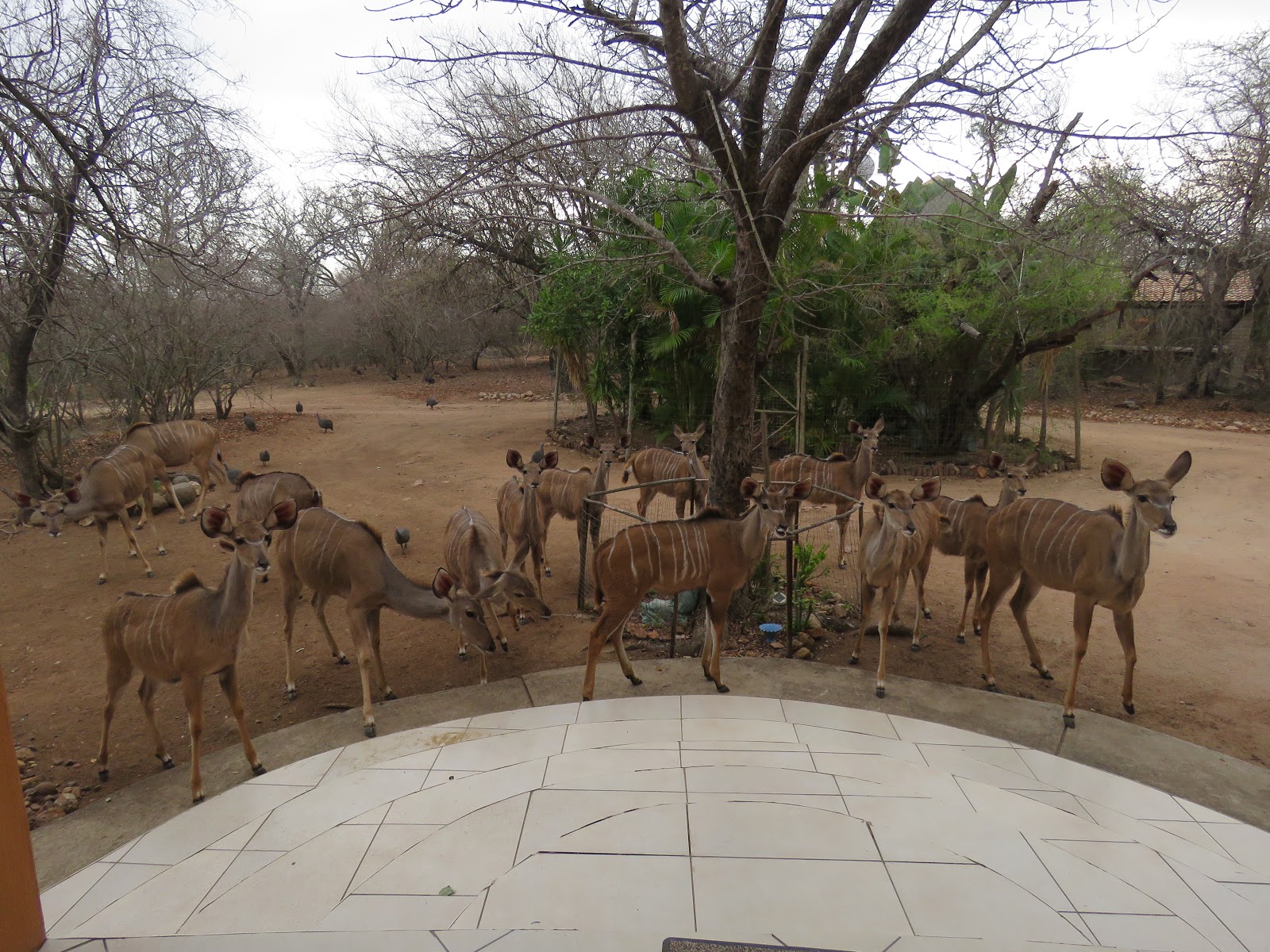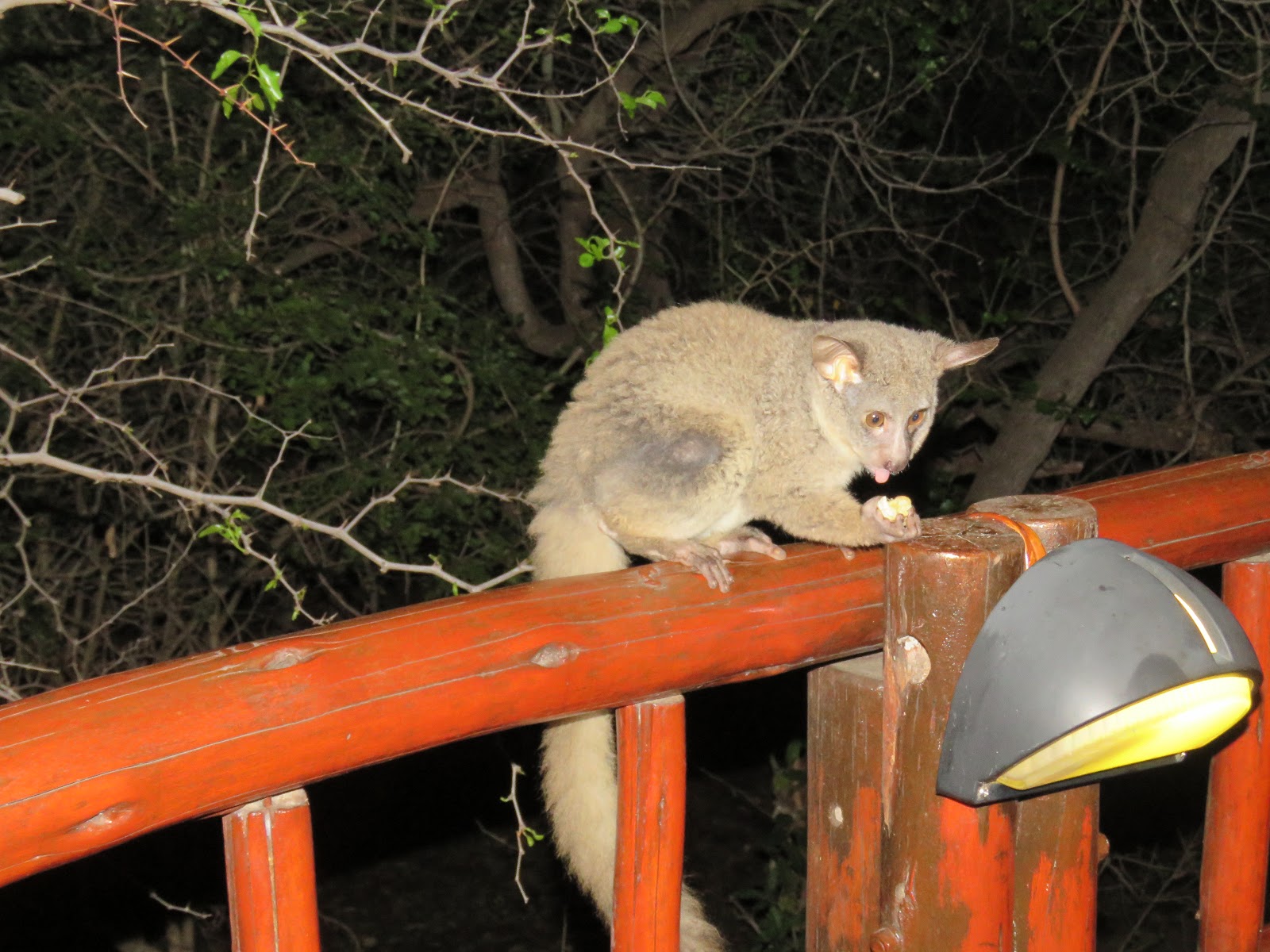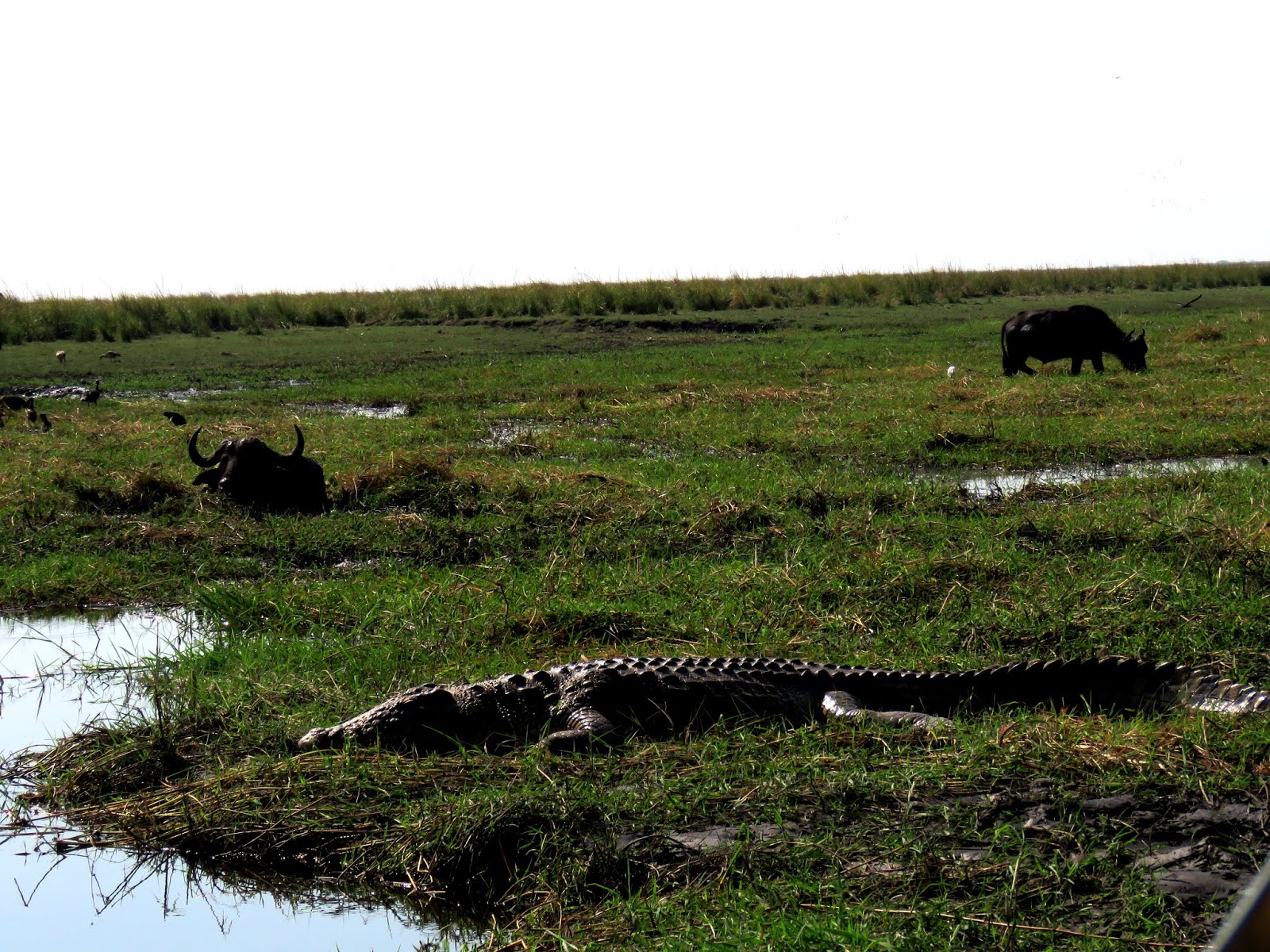 |
| That littlest one could not have been more than a week or two old. |
“Sighting of the Day in the Bush”
 |
| This male ostrich appeared comfortably seated in the middle of a driveway of a bush home. |
Busy since we returned from Zambia and Botswana one week ago, neither had any interest in grocery shopping. We hurriedly purchased enough to last several days. We stopped for some meat and vegetables in Melalane on the return drive from the airport.
 |
| Spotting elephants and lions are the most exciting when we make our usual drive in Marloth Park. Yesterday, we didn’t see lions but were thrilled to see elephants again on our first drive in Marloth in over two weeks, after our time away in Zambia and Botswana. |
 |
| It was a perfect sunny day, and the elephants graced us on our side of the Crocodile River. |
 |
| It’s always special to see the babies and how lovingly they are cared for by the entire parade. |
 |
| We spotted around 20 elephants in this sighting. |
 |
| As summer nears in the next few months, everything will be lush and green, providing excellent food sources for the wildlife. |
 |
| We stayed watching them for quite a while. It’s not easy to walk away. |
 |
| At a distance, we spotted a dazzle of zebras climbing back up the steep embankment by the Crocodile River. |
 |
| There are often a few cattle egrets near elephants. |
 |
| They often stay close to one another for safety reasons, especially when youngsters are in the herd. |
 |
| A solitary male impala by the river. Most often, impalas are found in herds. |
Photo from one year ago today, August 30, 2017:






























































































































